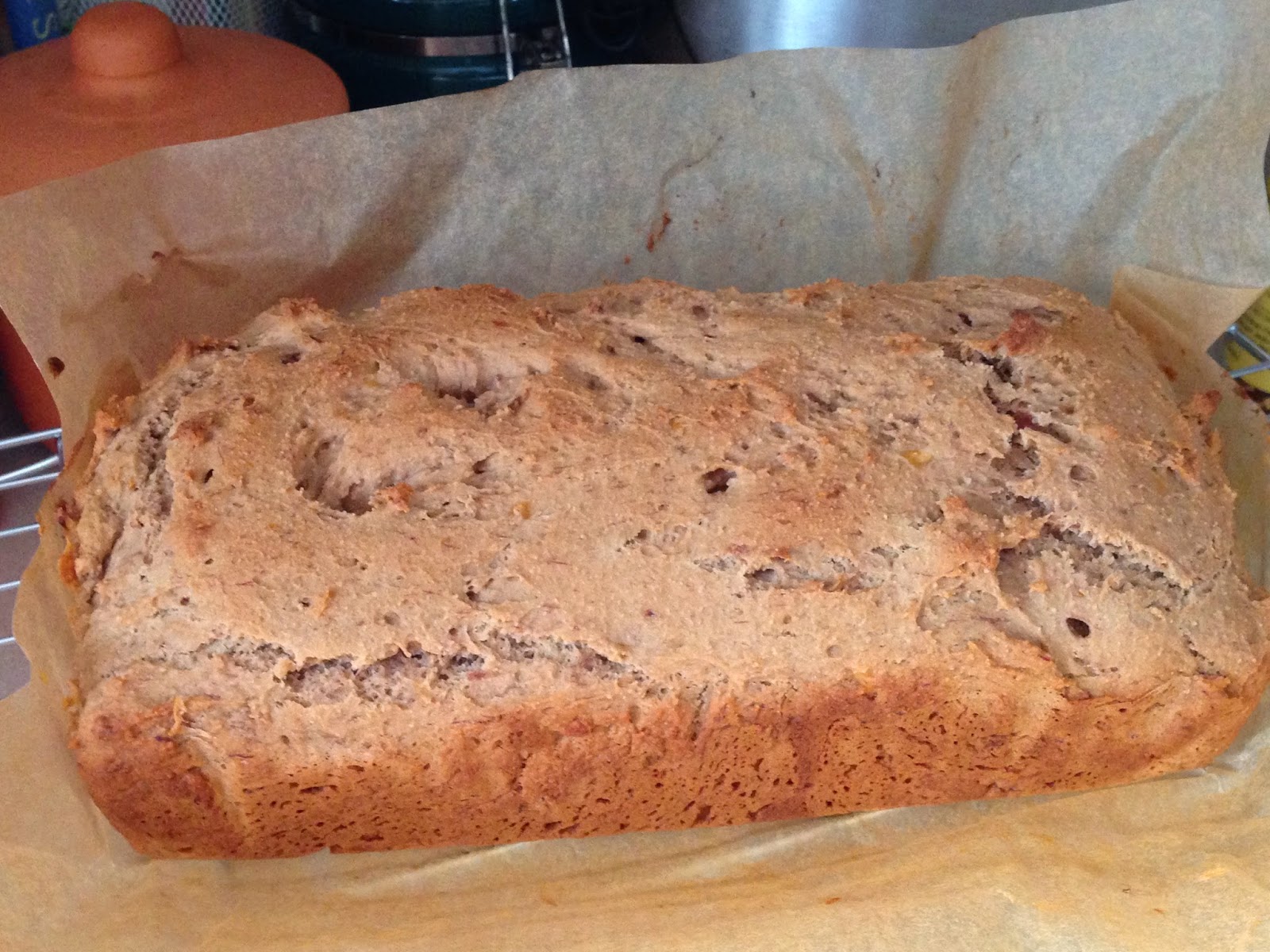I thought they were yucky. But then, I was that kind of kid.
Years after becoming a vegetarian, I warmed up to legumes of various kinds, but the hot Italian sausage in my mom's recipe meant I always had to improvise a bit. I took years, but by about a decade ago I was able to make a version I enjoyed, partly thanks my 1998 discovery of the "Garlicky Black-Eyed Peas and Greens" recipe in the Moosewood Restaurant Low-Fat Favorites cookbook.
This year, I was introduced to Beyond Meat Hot Italian Sausage, which inspired me to try my mom's recipe… and then I forgot to get it from her, and I wanted to include the greens, and I generally decided to go my own way.
~*~
Ok, I admit it. I had pretty much abandoned this blog. But today, I posted this photo of this year's version of black-eyed peas:
…and my friend Vickie very kindly and quickly responded that she wants my recipe. So, here we go.
Black-Eyed Peas, 2019 Version
Ingredients:
2 Beyond Meat Hot Italian Sausages1/2 medium onion
Crushed red pepper
Salt
1 red bell pepper
3 cloves garlic
1 can (15.5 oz) black-eyed peas
1 large bunch collard greens
Fresh-ground black pepper
Method:
Heat a cast-iron skillet over medium heat. Slice the "sausages" about 1/4-inch thick and, when the skillet is hot, add the slices.
Dice the onion. After the sausage has cooked long enough to turn over (about 7 minutes), use a spatula to turn each slice over and move them to the edges of the skillet. Add the onion to the middle of the skillet and keep cooking, adjusting the heat downward slightly after a few minutes. Stir around occasionally as needed. Add crushed red pepper (I did a pretty liberal shake over the whole skillet) and salt to taste (maybe 1/4 to 1/2 tsp at first) after the onions have softened.
Dice the red bell pepper and add to the skillet, giving everything a gentle stir.
Peel and mince the garlic and set it aside until ready to add the beans (black-eyed peas) to the skillet.
Empty the can of black-eyed peas into a colander, rinse well with cold water, and drain thoroughly. Once the red bell peppers are becoming tender, add the garlic and the beans to the skillet and stir with the spatula. My skillet was becoming very full by this point, so I had to operate carefully!
Using a sharp knife, remove the spines from all collard greens leaves, stack several, and slice them thinly. My slices ended up about 1/4-inch wide by a couple inches long (I had to cut some leaves again lengthwise to get uniform lengths). Place all strips into the colander and rinse well, then shake off some of the excess water. Add the greens to the skillet along with some more salt, then cover a wait several minutes for the greens to steam.
Once the greens are brighter in color and have softened somewhat, add pepper to taste and stir everything carefully (and as thoroughly as possible) with the spatula until everything is as mingled as possible. Taste and adjust seasoning as needed.
Serve warm. Makes probably six servings or so.
~*~
Good luck in 2019!





